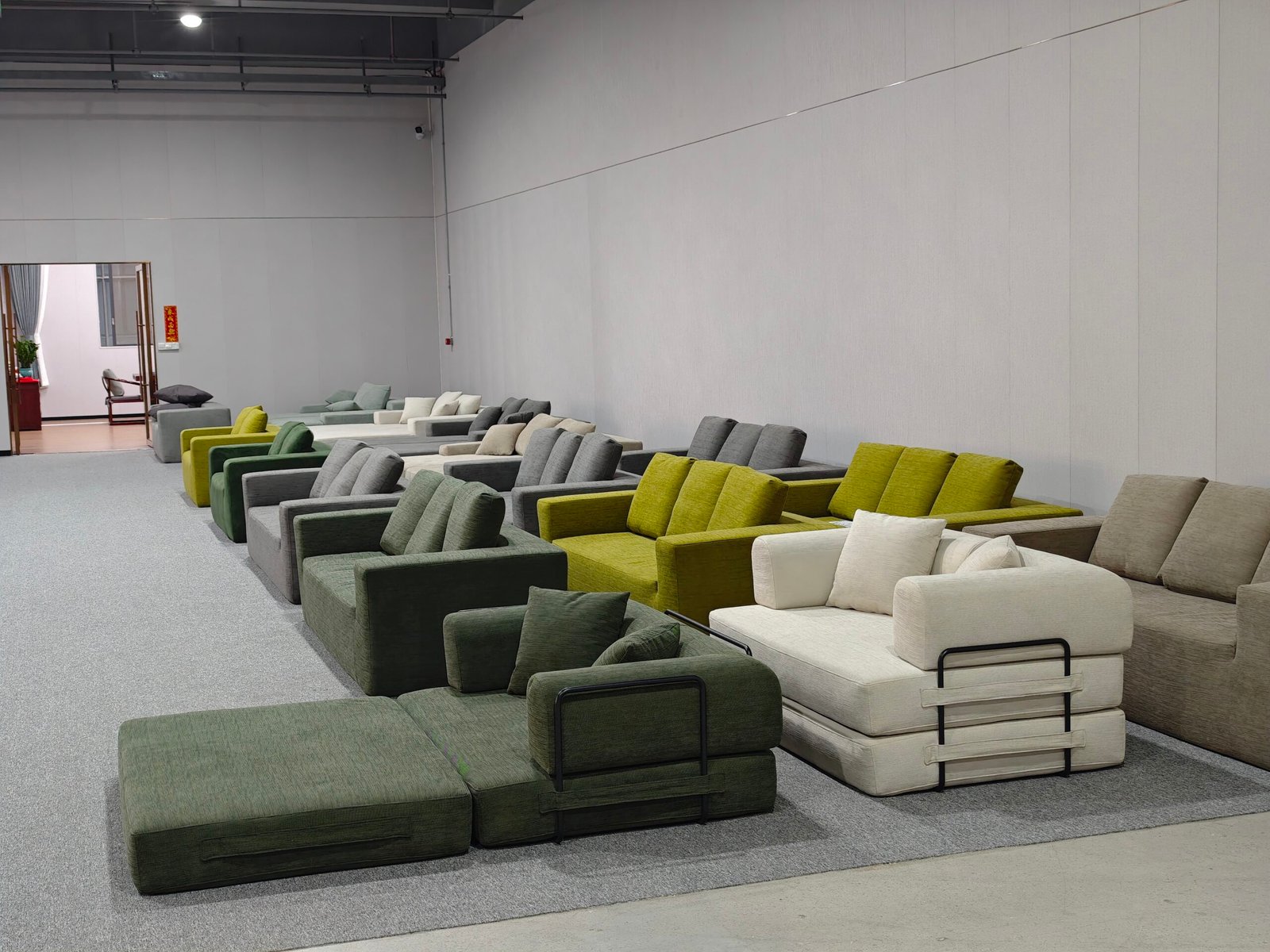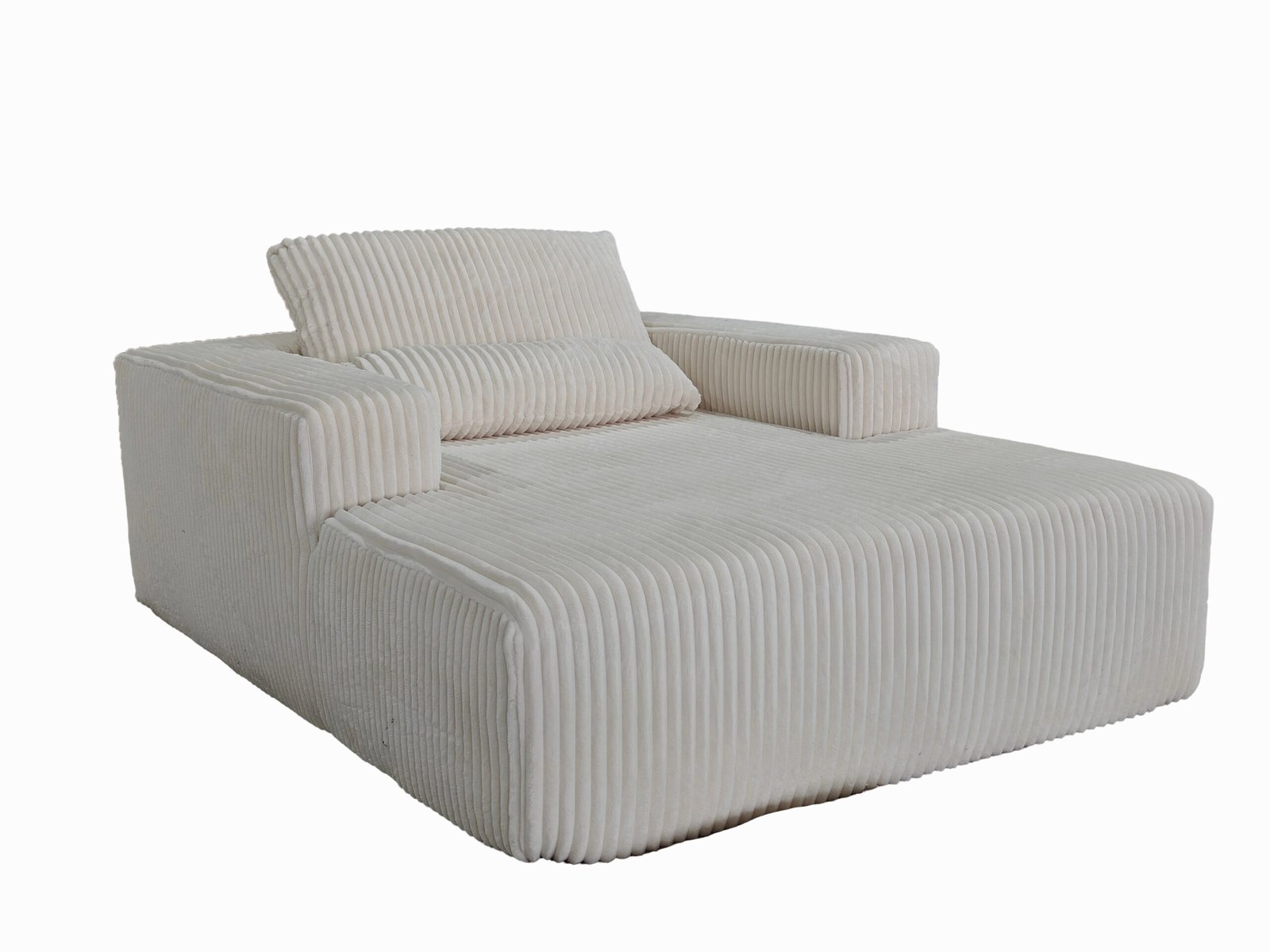
Ever sat on a sofa that felt perfect from the first moment? Chances are, it wasn’t just good luck—it was foam layering technology.
Foam layering technology enhances sofa comfort by combining multiple foam types with specific properties to offer balanced softness, support, and pressure relief.
By using layers instead of one solid block of foam, manufacturers can fine-tune every part of your seating experience.
What is foam layering technology?

Not all foams are the same. Some are firm and supportive, others soft and plush. Foam layering technology combines different foams to achieve better results.
It’s the process of stacking multiple foam layers, each with different densities and functions, to create a cushion that feels great—and keeps feeling that way.
Instead of using one type of foam throughout the seat, layering allows for:
- Better pressure distribution
- Targeted support
- Longer-lasting comfort
It’s now a common technique in premium sofas, beds, and ergonomic seating.
What types of foam are used in layering?
Each type of foam has a specific job. Here's a breakdown of the most common ones:
| Foam Type | Function | Feel |
|---|---|---|
| High-density foam | Structural support (base layer) | Firm, durable |
| Polyurethane foam | Mid-layer comfort | Balanced, adaptive |
| Memory foam | Surface comfort and contouring | Soft, slow-response |
| Gel-infused foam | Cooling and pressure relief | Soft, cool to the touch |
These layers work together like a team—each one doing what it does best.
How does layering improve seat cushioning?
Single-foam sofas often feel good at first—but can compress quickly or lack support.
Layered foam cushions provide a gradual transition from soft to firm, cradling the body while holding its shape.
- Top layers (e.g., memory foam) mold to your shape
- Middle layers (polyurethane) absorb motion and give bounce
- Bottom layers (high-density foam) prevent sinking and sagging
This sandwiching of foam ensures you get softness without sacrificing structure.
Does layering help with pressure relief?
Absolutely.
Layering allows pressure-sensitive foams like memory or gel foam to be used exactly where they’re needed—on the top.
- They reduce stress on hips, lower back, and shoulders
- The softer top compresses, while the bottom foam resists excessive sinking
- The result is less numbness, better blood flow, and longer lounging comfort
This is especially helpful for people who sit for long periods or have joint issues.
How does it improve back and posture support?
When foam types are layered thoughtfully, the lower layers offer firm support while the upper layers cushion the spine.
The base layers maintain spine alignment, while the top layers reduce pressure points.
- Prevents slouching and back pain
- Offers a feeling of “lift” rather than sink
- Supports both sitting upright and reclining comfortably
Some sofas even use zoned foam layering—firmer foam in the lumbar area and softer foam under the hips or thighs for optimal ergonomic support.
Does layering enhance sofa durability?
Yes—foam layering extends the lifespan of the seat.
Using high-density foam in the base slows down sagging and deformation. Softer foams are protected from bearing full body weight.
So, while the seat feels soft on top, it’s strong underneath.
- Cushions retain shape longer
- Less flattening and wrinkling
- Performance remains stable even after years of use
This means fewer replacements, fewer complaints, and longer love for your sofa.
How does it improve thermal comfort?
Traditional memory foam traps heat. But layering allows manufacturers to fix that.
By using open-cell foams or gel-infused memory foam in the top layers, heat can dissipate faster.
Some sofas include:
- Ventilated memory foam: lets air flow
- Gel-infused layers: pull heat away from the body
- Breathable base foam: prevents heat buildup
All this makes your sofa feel fresh, even after hours of sitting.
Can layering help reduce motion transfer?
Yes—especially important for shared seating areas.
Layered foams—particularly memory foam—absorb energy from movement. This prevents “jiggle” when someone sits or shifts.
- Reduces bounce when a partner moves
- Keeps the seating steady and quiet
- Adds a luxurious, still feel to the cushion
It’s like getting your own personal seat space—even on a shared sofa.
Are there customization options?
Foam layering gives designers more creative freedom.
Manufacturers can tweak the firmness, rebound speed, cooling properties, and even the shape of the foam stack.
Some common customization strategies:
- Firmness variations (soft-medium-firm)
- Edge reinforcement using denser foam on the sides
- Zoned comfort areas for targeted support
That means a sofa can be tailored not just to look good—but to feel just right for specific users.
What do customers say?
People don’t usually talk about foam specs—but they do talk about how the sofa feels.
- “Supportive but still plush”
- “No back pain after long hours”
- “Soft on the top, firm underneath—perfect!”
- “Doesn’t sag like my old couch”
These are the real-world results of foam layering in action.
Conclusion
Foam layering technology is the behind-the-scenes reason modern sofas feel better, last longer, and support you more fully. With the right combination of foam types, comfort isn’t a compromise—it’s a guarantee.